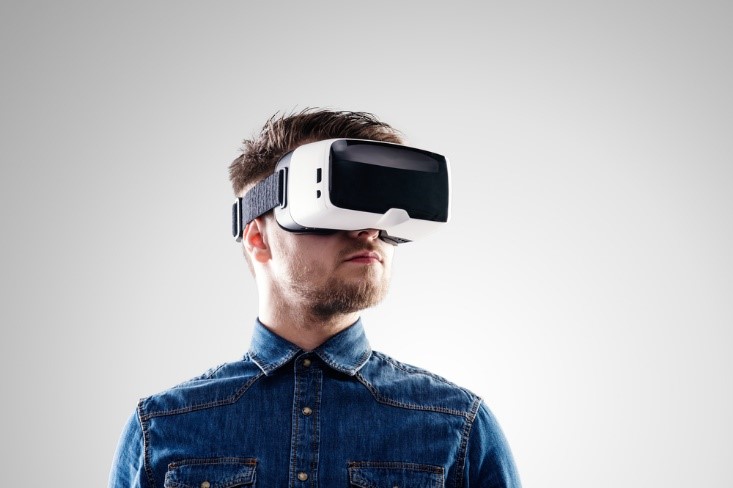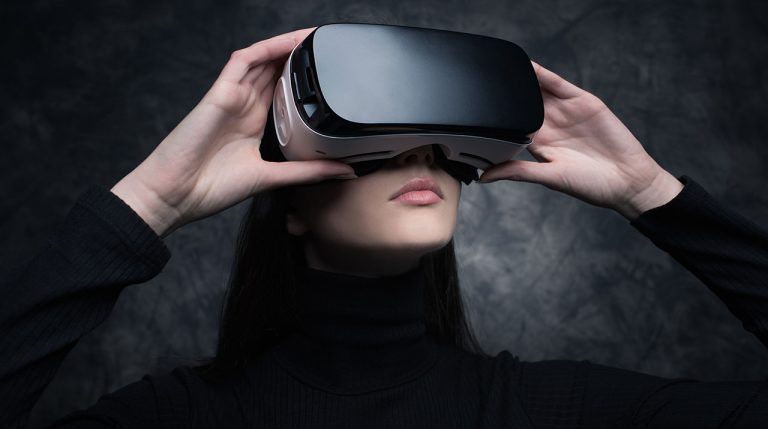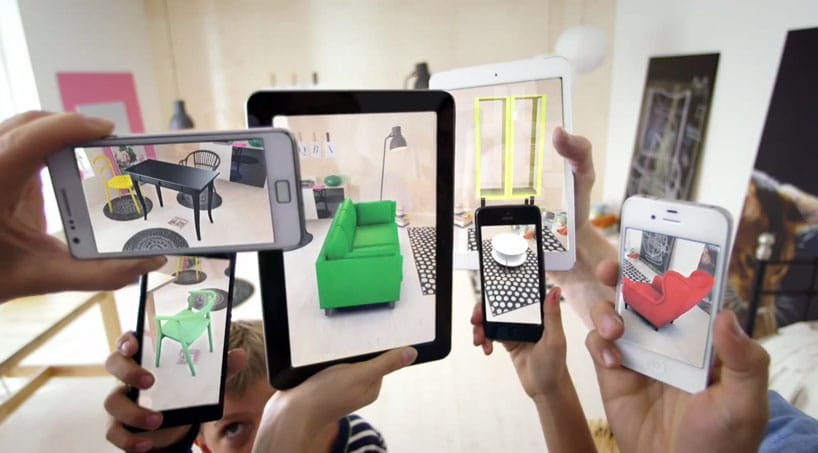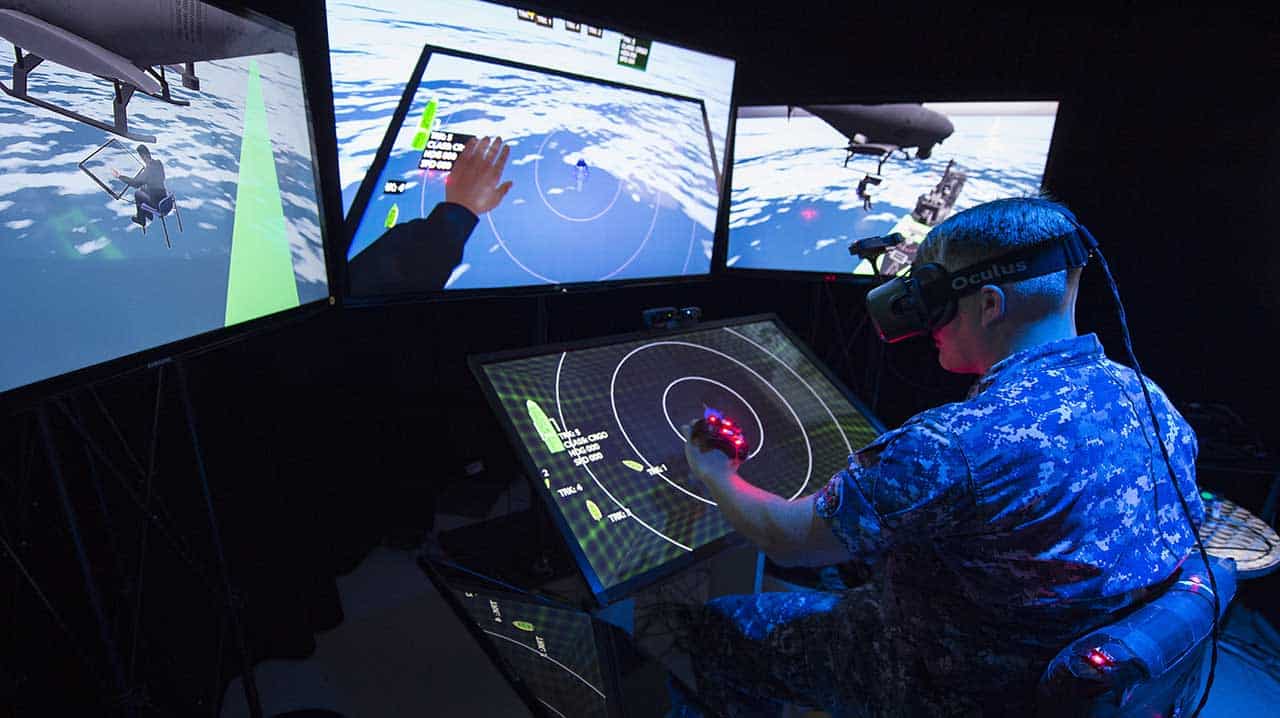Augmented reality (AR), Virtual reality (VR), and Mixed Reality (MR) are the trendiest topics in the tech world. They have gained massive attention from the media and major tech companies are heavily investing in them. These three technologies are causing major ripples in all aspects of life. They are used in education, entertainment, communication, medical and many other industries. But, the big question is, are they the same? What are the differences between them?
Contents
Augmented Reality vs Virtual reality vs Mixed Reality
Despite having glaring similarities, AR, VR, and MR are three different technologies. In this article, we are going to discuss key differences between Augmented Reality vs Virtual Reality vs Mixed Reality. At the end of it all, you will be able to draw well-defined borderlines between these three technologies.
1. Virtual Reality

From the name, you can easily tell what the VR technology does. It simply immerses you deep into the virtual world. The technology generates a virtual environment which you will interact with. You become part of this environment and you can move around in it. VR is an intuitive technology that has an impact on at least two of the five senses. These are sight and sound. The technology creates a strong perception of being in a completely different place even when in the real sense you are not there.
How is the VR achieved? You first need to wear a headset which is accompanied by an input device which is connected to a computer that is responsible for generating the virtual environment. If you are using a mobile device, the headset and the computer are combined to deliver the virtual world.
Although the headset is the primary hardware for a VR setup, more input devices can be added to immerse a user deeper into the virtual world. For instance, it can be enhanced with motion trackers, haptic devices and treadmills. The VR headset is designed to look like some kind of goggles. It has a set of a lens which is specially aligned to give a 3D effect. The headset is powered by a computer, gaming console or even a mobile device. There are some special software and sensors which are responsible for creating an intuitive virtual environment.
The most unique aspect about VR technology is it delivers high levels of immersion. There is some sense of realism in the way that you interact with the new environment.
Virtual Reality technology is heavily used in the entertainment world. For instance, it is used in video games to enhance the gaming experience. The technology also improves the movie-watching experience whereby it brings the virtual theatre. VR is already used in medical, military and business worlds.
2. Augmented Reality
Unlike the VR technology, Augmented Reality does not take you to the virtual world. It only enhances objects in your current world by superimposing virtual images into it. In simpler terms, AR places virtual objects into an environment that exists in the real world. For instance, the technology makes it possible to see a book on your table through your phone. The most popular application of AR technology is the PokemonGo.
One of the key features that make AR completely different from VR is it combines the real world objects and those that have been generated by the computer. For this reason, it does not provide a completely immersive experience. This is unlike the VR technology that simulates the environment.
Another outstanding feature of AR technology is the type of hardware used. Unlike VR which heavily relies on a set of special external hardware, AR can be achieved without any external devices. Your smartphone is powerful enough to deliver this technology. However, this doesn’t mean that you can’t use an external device. There are special headsets for AR but they are slightly different from the ones for VR. For AR the headset needs to be transparent unlike for VR where the headsets are opaque.
To achieve an AR, you only need a smartphone and an AR app. The camera of your smartphone should have the capacity to capture the real environment around you. On the other hand, the software or app will project and calculate computer-generated objects.
One perfect example of AR wearable product is the Google Glass. It is designed to display a digital overlay right in front of the users. Virtual Reality has numerous applications. In the medical world, it is used to connect surgeons with each other, especially when they are performing the same surgery. Engineers use the technology to create schematics. AR can also be used to create interactive input options which can take the place of an ordinary keyboard.
3. Mixed Reality
Many people tend to confuse MR and VR. This is mainly because both of them are viewed as crossover technologies. In reality, there is a thin borderline between AR and MR. In fact, Mixed Reality tends to combine the best features of virtual reality and those of augmented reality.
Mixed reality combines both the aspects of the virtual world with those of the real world. It enables users to interact with the two worlds. Unlike the AR, virtual objects in the MR are not just overlaid. In fact, you can interact with them to the fullest. This is the main feature that distinguishes MR from AR. On the other hand, a user remains in a real-world environment. This makes the technology to be different from the VR.
Mixed Reality starts with the real world. As time goes by, the digital objects are introduced into this world and a user is immersed in a virtual environment. Sounds like a VR, right? In MR, there is a direct connection between the real world and the virtual environment. This is unlike in VR where the two are not connected.
Most people view MR as an improvement of the AR. It adds some sense of immersion to the AR. There still an ongoing research on the MR technology. One of the popular devices is the HoloLens from Microsoft.
Conclusion
In conclusion, Virtual Reality, Augmented Reality and Mixed Reality are new technologies that are changing the way we view things. Despite their differences, all of them are used to achieve their special purposes.



